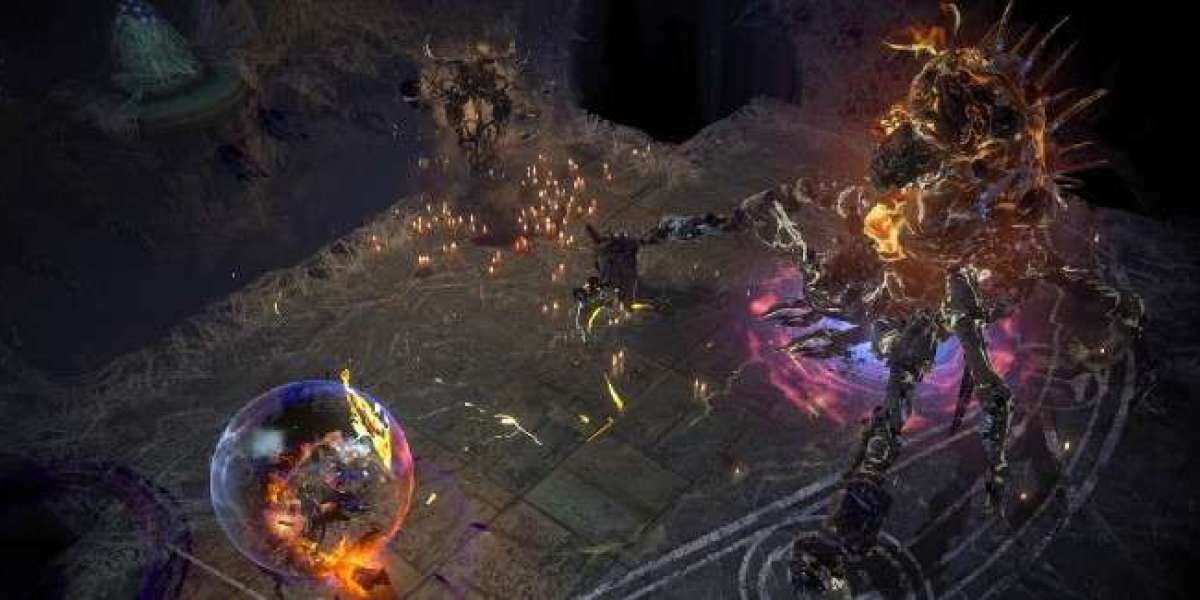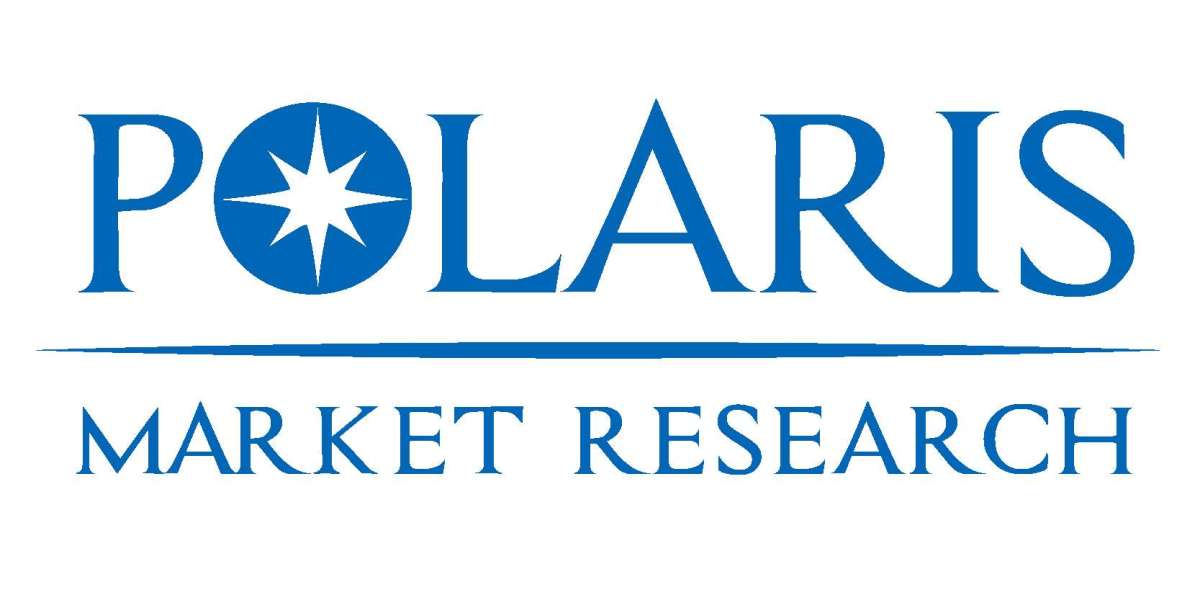Choosing between CNC machining and 3D printing depends on your project’s geometry, material, tolerance, budget, and timeline.
Both technologies have advanced rapidly over the past decade, but each offers unique advantages—and limitations—that make them better suited for different applications.
Whether you're prototyping a new product, producing functional components, or scaling up for short-run manufacturing, this guide will help you make an informed decision on when to use CNC vs. 3D printing.
Understanding the Basics: Subtractive vs. Additive
At their core, CNC machining and 3D printing represent opposite manufacturing processes.
CNC machining is a subtractive process. It starts with a solid block of material and removes material via cutting, drilling, turning, or milling.
3D printing, also known as additive manufacturing, builds parts layer by layer from a digital model using metal, resin, or thermoplastic feedstocks.
Key difference:
CNC provides precision from a block of material, while 3D printing creates geometry from scratch.
Comparison Overview: CNC vs. 3D Printing
| Feature | CNC Machining | 3D Printing |
|---|---|---|
| Manufacturing Type | Subtractive | Additive |
| Tolerances | ±0.01 mm or tighter | ±0.1 mm typical (±0.05 mm with post-proc.) |
| Surface Finish | Smooth, machined | Layered, requires finishing |
| Strength | High (machined from solid block) | Lower, depends on process/material |
| Material Options | Wide: metals, plastics, composites | Limited: mainly thermoplastics/resins |
| Internal Features | Limited by tool access | Supports complex internals/lattices |
| Ideal for | Functional parts, precision parts | Complex geometries, rapid prototyping |
CNC Machining: Strengths and Applications
CNC machining delivers unmatched accuracy, repeatability, and material versatility.
It’s the go-to choice for end-use parts that require high strength, precision fits, and consistent tolerances.
Key advantages:
Supports metals like aluminum, steel, titanium, brass
Machinable plastics include PEEK, ABS, nylon, and acetal
Excellent for tight-tolerance parts and fine surface finishes
Low cost per unit at medium-to-high volumes
Supports post-processing like anodizing, polishing, and threading
Common applications:
Aerospace components
Automotive brackets and housings
Medical devices and surgical instruments
Mold components and dies
Functional prototypes for validation
CNC also excels in rotational parts—thanks to CNC turning services that shape cylindrical parts with high concentricity and surface finish.
3D Printing: Strengths and Applications
3D printing excels at rapid prototyping, complex geometries, and small batch production.
Because it builds parts layer by layer, it can create shapes that traditional machining cannot—like internal channels, lattice structures, and organic curves.
Key advantages:
No tooling required—perfect for early prototypes
Reduced material waste (builds only what’s needed)
Allows for lightweight part design
Quick lead times for one-off parts
Supports part customization at low cost
Common applications:
Design validation models
Marketing mockups
Customized enclosures or jigs
Low-load structural parts
Lightweight drone or robotic frames
Printing materials include PLA, ABS, PETG, nylon, resins, and metal powders—though not all match the mechanical performance of solid metals.
When to Choose CNC Machining
Choose CNC when your part must meet functional, dimensional, or regulatory requirements.
Ideal scenarios:
Tight tolerances required (e.g., mechanical fits, press fits, threads)
Material performance is critical (e.g., titanium or engineering-grade plastics)
Load-bearing, high-strength components
Need for smooth surface finishes or post-processing
Production ramp-up with repeatability in mind
CNC is also the better option for parts that require:
Threads and tapped holes
Precision bores
High-temperature or chemically resistant plastics (e.g., PEEK)
When to Choose 3D Printing
Choose 3D printing when you need speed, flexibility, or complex geometry.
Ideal scenarios:
Early-stage prototyping with frequent design changes
Internal features not possible with machining
Low-volume production where tooling is cost-prohibitive
Parts with curved or organic forms
Lightweight parts with hollow or lattice structures
3D printing is often used in:
Architectural models
Product enclosures
Dental aligners or hearing aids
Electronics prototyping
It’s a faster and more cost-effective option when surface finish or mechanical strength isn’t the top priority.
Hybrid Workflows: Combining Both Technologies
Many advanced manufacturers now combine CNC machining and 3D printing for better speed and performance.
This hybrid approach involves printing the complex shape or base geometry and finishing precision surfaces with CNC.
Example workflow:
3D print a metal part with internal cooling channels
CNC machine mating surfaces, threads, and critical bores
Finish with inspection and post-processing
This method minimizes material waste and machining time while achieving tight tolerances where needed.
Hybrid workflows are common in aerospace tooling, medical implant development, and mold insert fabrication.
Cost and Lead Time Comparison
| Factor | CNC Machining | 3D Printing |
|---|---|---|
| Setup time | Moderate (CAM, fixturing) | Low (digital prep only) |
| Part cost (1–10 units) | Higher due to setup | Lower, ideal for one-offs |
| Part cost (100+ units) | Scales well, cost per part drops | Less cost-effective beyond ~20 parts |
| Material cost | Higher (blocks, waste) | Lower (optimized deposition) |
| Lead time | 2–7 days typical | 1–3 days typical |
Final Comparison: Quick Decision Matrix
| Requirement | Best Option |
|---|---|
| Tight tolerances (±0.01 mm) | CNC Machining |
| Internal channels/lattices | 3D Printing |
| End-use metal part | CNC Machining |
| Complex curves or organic shapes | 3D Printing |
| Short-run, high-strength parts | CNC Machining |
| Low-cost prototype or mock-up | 3D Printing |
| Threads, bores, surface finishing | CNC Machining |
| Speed for early design validation | 3D Printing |
Summary: CNC or 3D Printing—It Depends on Your Goals
Both CNC machining and 3D printing offer powerful tools for today’s product development and manufacturing. The right choice depends on your part’s geometry, material, functional requirements, budget, and production volume.
Use CNC machining when precision, strength, and finish are essential
Use 3D printing when speed, design flexibility, or early iteration matters
Consider hybrid workflows to get the best of both worlds
Partnering with a provider that offers both CNC and additive services ensures you always have access to the right solution—no matter your project phase.
For tight-tolerance turned parts or cylindrical features, leverage specialized CNC turning services to ensure accurate concentricity and high-quality finishes.



